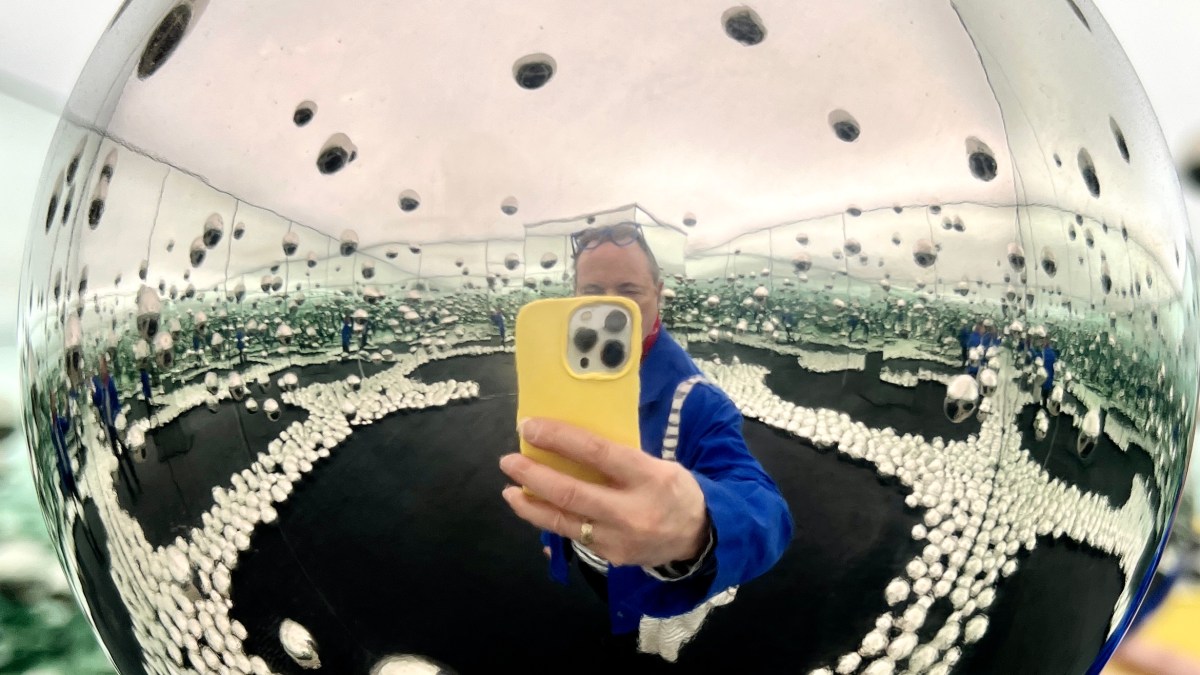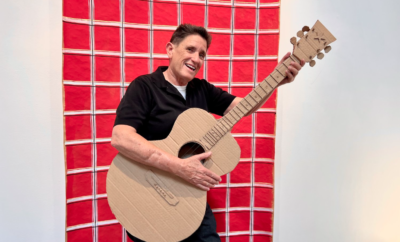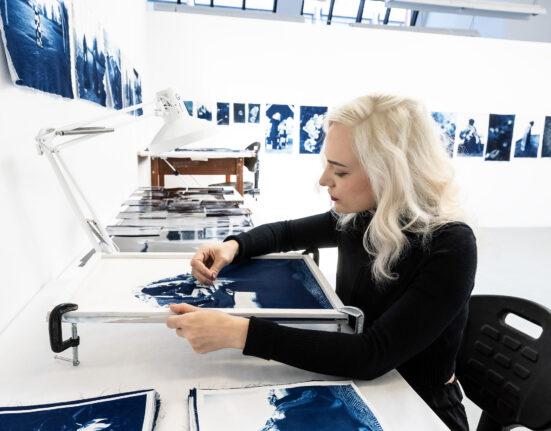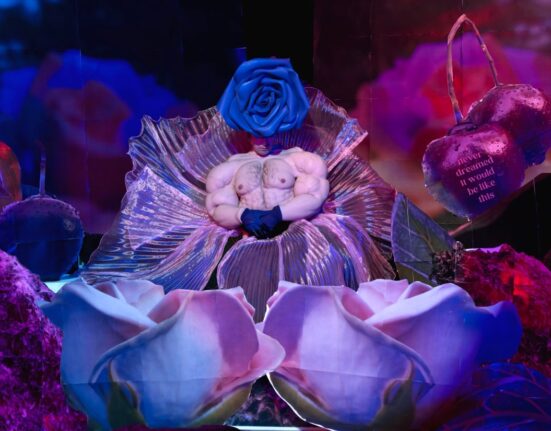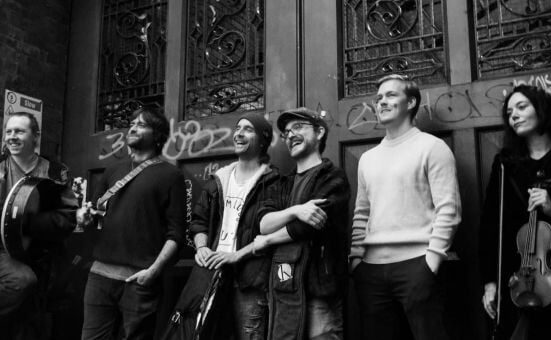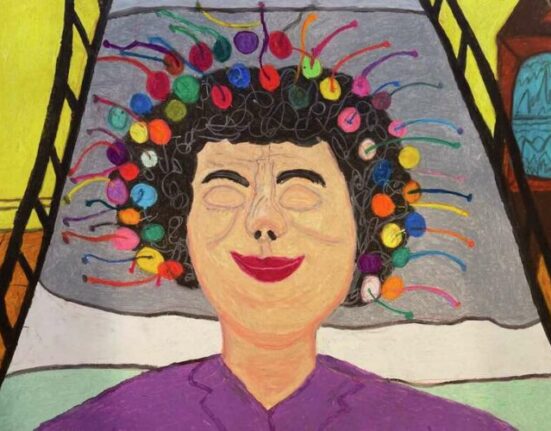Nothing beats the cold and cloudy February days in New York than a quick trip to sunny Miami. Golf, fishing, and poolside cocktails are popular escapes, but for this “snowbird,” art is my desired diversion. In 2018, I attended Art Basel Miami; since then, the world has endured its fair share of existential threats. It’s been an exhausting six years, and I needed a break.
All reports from my “tribe” of artist friends suggested that there was much to discover in Florida’s most international city. New museums, public access to private art collections, and hot new galleries offered the latest contemporary art. Planning only a three-day trip, I needed to focus my excursion and treat my time like a conference for “one” with a daily agenda centered on one theme: MATERIALITY. I wanted to learn what “stuff” artists now use to express themselves and how it might influence my work.
My experience did not disappoint. The Miami art scene pulsates with artistic power, deft craft, and conceptual innovation. For this review, I’m sharing a selection of artists who courageously use uncommon materials in an increasingly immaterial world.
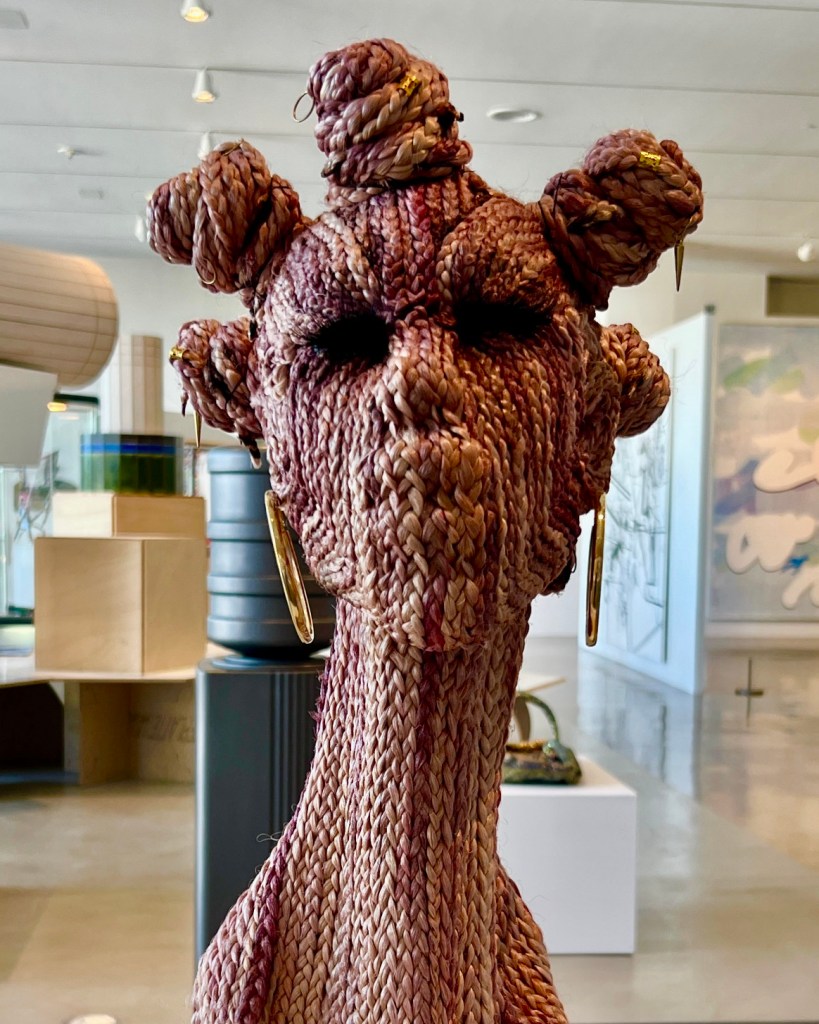
Murjoni Merriweather
Sculptor, ceramicist, and filmmaker Murjoni Merriweather’s work is provocatively beautiful. In a gallery setting, her female busts, fired in ceramic and covered with braided synthetic hair, beckon close examination. Adding hoop earrings or other metallic accessories, including gold teeth, she makes a defiant statement about Black culture and style.
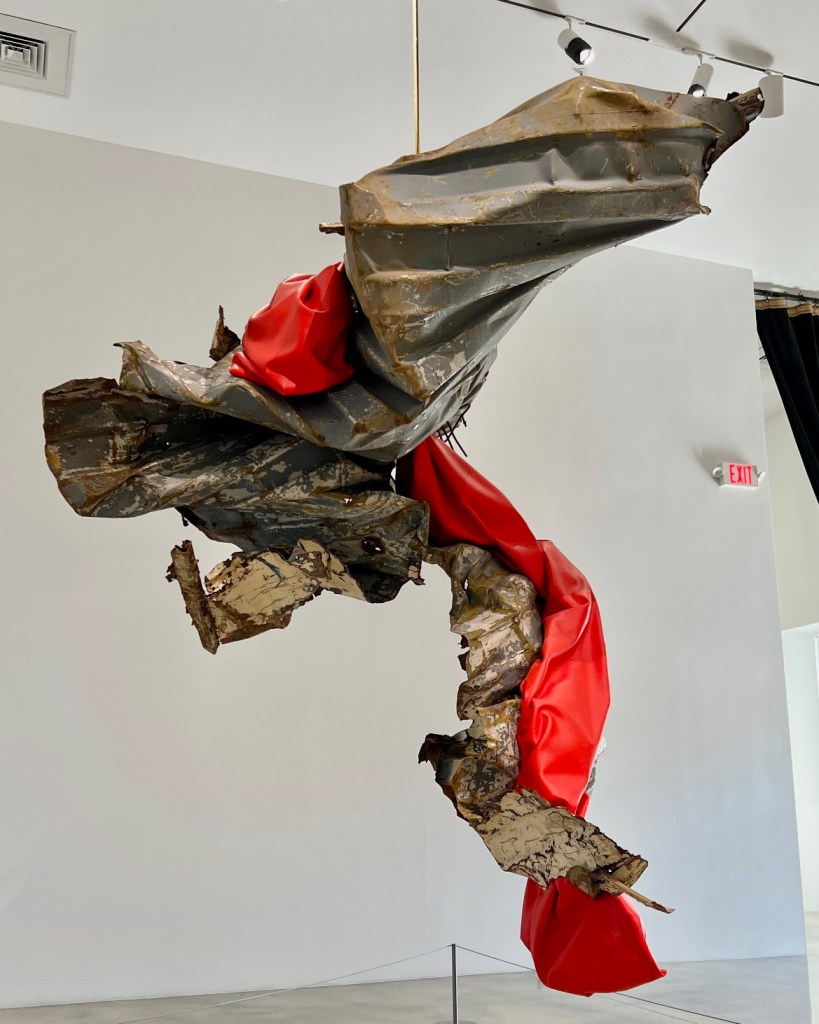
Kennedy Yanko
Brooklyn-based painter/sculptor Kennedy Yanko creates lighter-than-air forms in metal and paint. Her installation I Am Flower from 2021 flies through space like a vengeful archangel, shape shifting depending on your approach. Corten steel and paint skins (made from hundreds of gallons of poured paint) result in contrasting surfaces that are visually raw and surprisingly graceful.
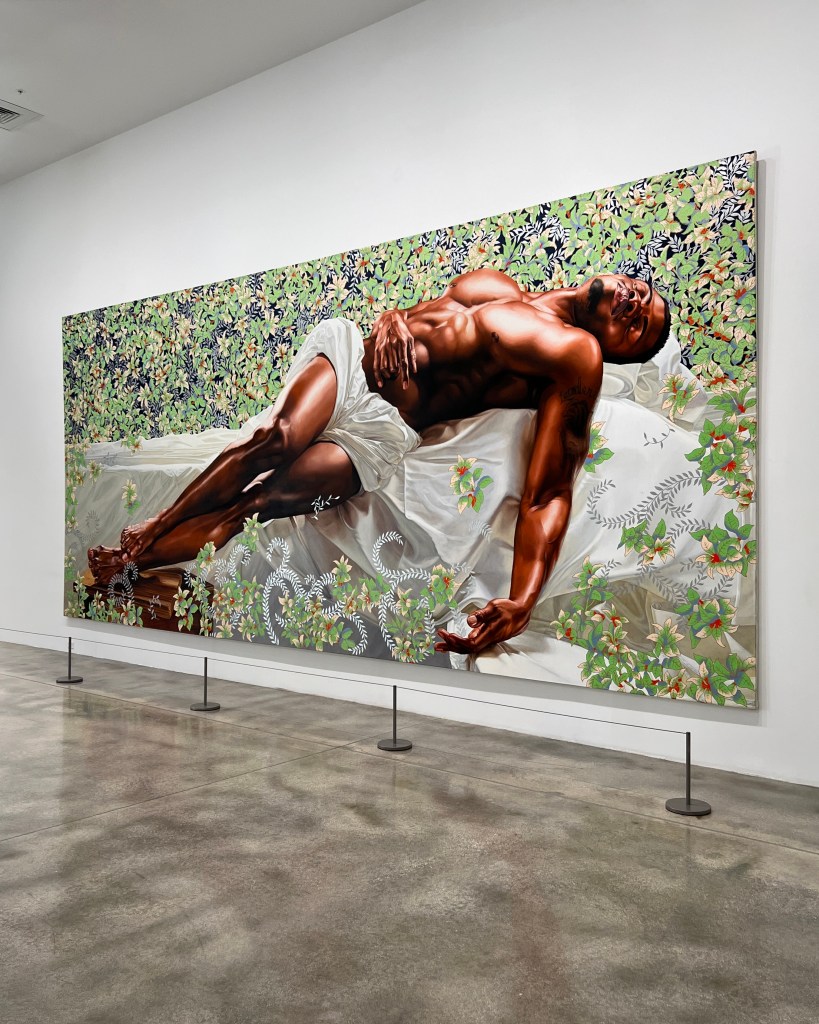
Kehinde Wiley
Although famous for painting President Obama’s official portrait, Kehinde Wiley mastered the art of portraiture “using the visual rhetoric of the heroic” since his days at Yale. His massive painting, Sleep at the Rubell Museum, measures 11’x 25’ and is a tour de force of exacting craft in rendering flesh, color, and decorative pattern in the same “oil on canvas” technique used for centuries but with pyrotechnic effect.
Yayoi Kusama
You must wait your turn before entering Yayoi Kusama’s Where the Lights in My Heart Go, as the legendary Japanese artist wants an intimate experience with you. The eleven-foot cube, made of glass mirror and polished stainless steel, is drilled with randomly placed holes providing the only interior light source. Once inside the box, a starscape of pinpoint lights glows in a universe of darkness. It’s a simple illusion that always delivers and never gets old.
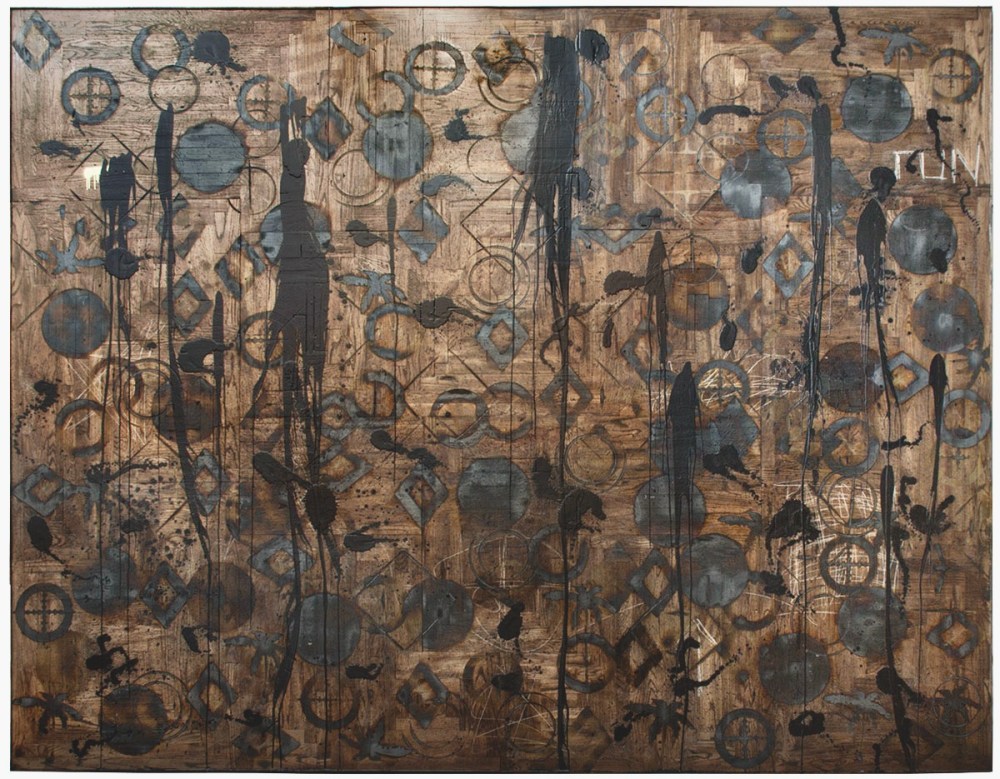
132 x 168 x 2 3/4 in. (335.3 x 426.7 x 7 cm), Courtesy of Rubell Museum, Miami
Rashid Johnson
Cipher-rich and aggressively muscular Rashid Johnson’s “painting” After Medium combines oak flooring, fire-branded marks, black soap, wax, and paint to create a conceptually intricate work. Because the background is conventional flooring, I shifted my perspective. I imagined floating above the surface, looking down at the burned, scuffed, and spilled remains of some sinister afterparty.
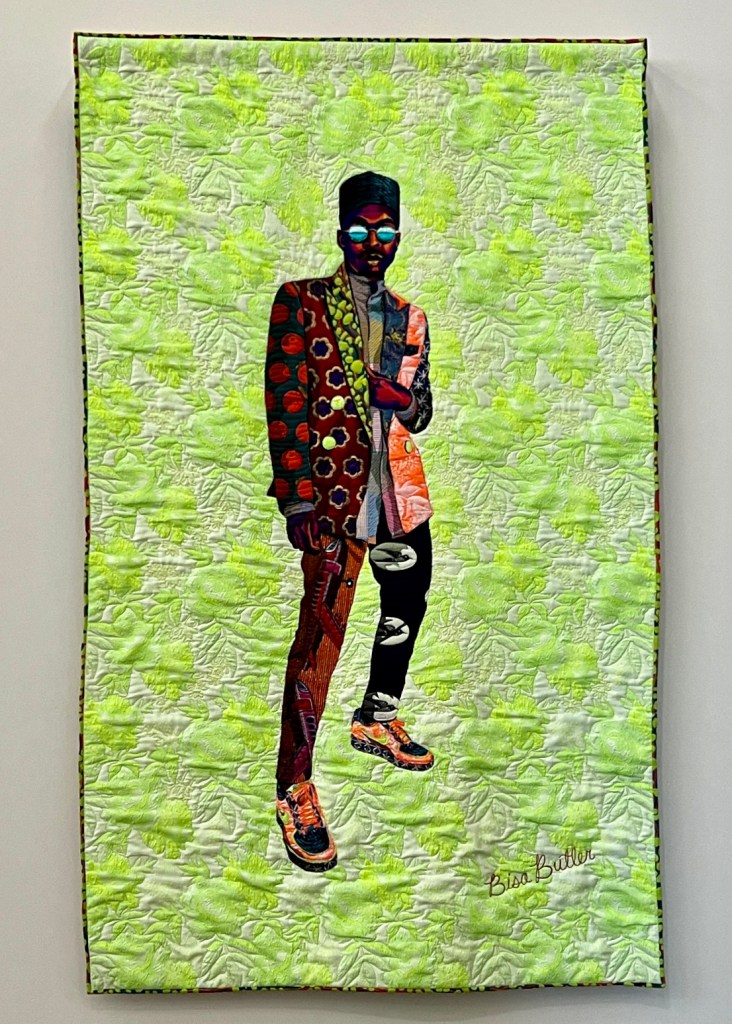
Bisa Butler
The art world is currently flush with artists who work with fiber in all its forms, from raw sisal, cotton, and wool to lush satin, lamé, and polyester. New Jersey-born Bisa Butler sits solidly amid this exciting trend in textile art. Her lush portraits of historical figures, families, and artists, such as Black is King, 2001, are “stitched’ together in silk, wool, velvet, and quilted appliqué. Her color palette is intensely bright, and the topographic tactility of the textile is terrific.
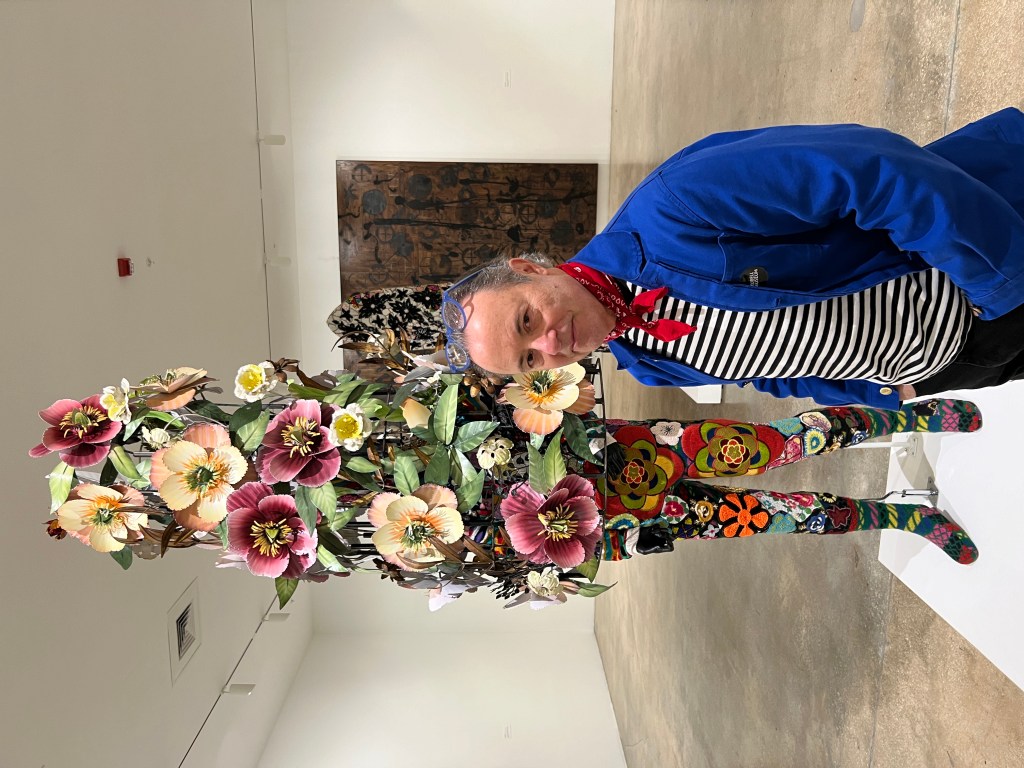
Nick Cave
The New York Times called Nick Cave “the most joyful and critical artist in America.” I would emphasize joy and add audacity because there is nothing like a “Nick Cave.” I saw Soundsuit 2008, one of my favorite works by him to date and was awed by the insane use of color, fabric, metal, and fiberglass. This sculpture makes you smile, festooned with a garden of exaggerated flowers.
Es Devlin
The description “superstar” is so overused that it has lost its sense of importance, except in the case of Es Devlin. By any measure, artistically and commercially, she is an international phenom. At Miami’s SUPERBLUE gallery, devoted to experiential art, Devlin’s Forest of Us is a “mirrored maze inspired by branching — bronchi in the lungs, limbs of trees, rivulets into streams.” Meandering through the space was a delight at every turn, where visitors suddenly appeared and then vanished in the forests of reflective surfaces. At one point, I stood at the edge of a gentle stream of water and watched my motion-activated silhouette respond to my every gesture.
My three-day visit to Miami offered just an amuse bouche to the city’s cultural banquet. However, my focus on contemporary art in the Miami Beach, Wynwood, and Allapattah districts was full of exciting new work by mainly young and restless artists who embody the edge of contemporary culture today. If you have time to treat yourself to such an experience, the following links will help plan your trip:
Institute of Contemporary Art Miami
The collection of Craig Robins
Finally, I liked most of what I saw and acknowledged the efforts of artists whose work did not appeal to me. I returned home, mission accomplished, inspired to experiment with materials that will add depth, character, and distinction to my work.
P.S. I never saw the beach.
Ken Carbone is an artist, designer, and recipient of the 2012 AIGA Medal. He is a Senior Advisor to 50,000feet, a strategic branding and design firm with offices in Chicago, New York, and London.
Images taken by the author; the art depicted is copyrighted by the artist.
Banner photo: author and Yayio Kusama’s Narcissus Garden, 1966.

